Hermann Dönnhoff Brücke BA Gold Riesling 37 cl.
 Q.b.A. Nahe, Germany.
Q.b.A. Nahe, Germany.![]() Riesling.
Riesling.![]() White wine Half Bottle, 37 cl.
White wine Half Bottle, 37 cl.
 EUR, Final price!
EUR, Final price! Delivery
Delivery  December Friday 29 - Monday 2
December Friday 29 - Monday 2 FREE SHIPPING!
FREE SHIPPING!| Producer | Hermann Dönnhoff (Weingut Hermann Dönnhoff). |
| Name | Hermann Dönnhoff Brücke BA Gold. |
| Variety |
|
| Country of origin |
 Germany. Germany.
|
| Appellation of origin |
 Q.b.A. Nahe. Q.b.A. Nahe.
|
| (UE)401/2010 Certification |
Qualitätswein bestimmter Anbaugebiete (Q.b.A.) Q.b.A. Nahe. |
| Production region | The production region of Q.b.A. Nahe is located in La región cercana a la ribera del río Nahe, Alemania, entre el norte del Palatinado, el Hesse Renano y el valle del río Mosela. |
| Weight | 700 gr. |
| Typology |
White wine. Q.b.A. Nahe. |
| Variety |
|
| Vintage / Harvest |
Currently marketed by the producer.
|
| Format | Half Bottle. |
| Capacity | 37 cl. |
| Alcohol content | 13% Vol. |
| Weight | 700 gr. |
| Special Format | Medium Bottle. |
| Product reference | WAN4580638 |
| Actual price | 375,95 € . This product is currently not available. |
| Storage position | Lateral position, horizontal bottle. |
| Storage temperature |
Store at a constant temperature between 10-17ºC. Humidity should be constant around 60-80%. |
| Recommendations | Keep preferably away from light. |
| Visual tasting note | Golden shades, Greyish trim, Greenish straw color, Pale edging. |
| Olfactory tasting note | Tropical memories, Jams, Ripe white fruits, Green fruits. |
| Tasting note | Persistent aftertaste, Slightly fruity, Medium-high persistence, Silky step. |
| Recommended pairing | meats, Mediterranean rice, Fruit salads. |
| Consumption temperature | 9ºC. |
| Consumption | It is recommended to drink in moderation and demonstrate a responsible consumption of alcoholic beverages. |
| Please keep in mind |
The information provided and referred to the product features and details has been provided by the expert, manufacturer or producer or published on the official sites. In no case can it be considered as assessment made by our team, unless expressly stated otherwise. We suggest you to refer to the comments and reviews posted by our customers and users to expand and contrast this information. |
| Misreading |
Our team provides this information and details in ESPAÑOL language. If you browse in another language note that the information contained may have been translated from the original language through an automated real-time process that has not been supervised by our human team. In case of doubt, misunderstanding or misreading about the content of this information you should refer to the original version of this page or contact our customer service team. |
| Product image |
The product image or its label is only relevant for graphic purposes, so it may not match the identification of the vintage or other features and details of the product for sale. This product is provided in the conditions and format in which it is marketed at the current time. This product is not identified or supplied in a specific vintage. The product image and label may not match the vintage identification or other characteristics and details of the product for sale. |
| Legal Notice |
It is against the law to sell or supply alcohol to, or to obtain alcohol on behalf of a person under the age of 18 years. If you are not more than 18 years old, you must leave this website. |
Selection by «Message in a Bottle®»
Red Wine. Premium Edition MBS Reserva. Customizable label.
No customer reviews at this time. Be the first to post a review!
Product Selection by Hermann Dönnhoff.
21 Products, The best selection by Hermann Dönnhoff.
Hermann Dönnhoff Brücke BA Gold Riesling 37 cl.
Additional information.

|
«Hermann Dönnhoff Brücke BA Gold Nahe» is produced by Hermann Dönnhoff (Weingut Hermann Dönnhoff). «Hermann Dönnhoff Brücke BA Gold Nahe» is monovarietal, made only with the grape variety Riesling, 100% Riesling. «Hermann Dönnhoff Brücke BA Gold Nahe» is a product from Germany. It is certified with Q.b.A. Nahe. The production region of Q.b.A. Nahe is located in La región cercana a la ribera del río Nahe, Alemania, entre el norte del Palatinado, el Hesse Renano y el valle del río Mosela. The weight of «Hermann Dönnhoff Brücke BA Gold Nahe» is 700 grams. |
Variety:
Riesling.
Hermann Dönnhoff Brücke BA Gold Riesling 37 cl.
 Español [ ES ]
Español [ ES ]Origen.
La variedad riesling, también conocida como Riesler y Rieslinger, proviene de la selección de una vid silvestre alemana, originaria de la región del Rhin. La existencia de vinos de uva riesling está documentada por primera vez en 1435, en el inventario de bienes de los condes de Katzenelnbogen (un pequeño principado a orillas del Rhin), quienes poseían "...seis barriles de riesslingen adquiridos a un viticultor de Rüsselsheim". El herborista Hieronymus Bock o Hieronymus Tragus recoge la uva riesling en la edición en latín de 1552 de su compendio de botánica Neu Kreutterbuch.
Características.
La riesling es una uva que, aunque no es suficientemente reconocida por el público en general, sí lo es en los círculos de expertos en el tema, llegando a considerarse una uva de culto. Esta uva es muy utilizada en regiones con temperaturas más bajas, ya que es bastante resistente a las heladas, funcionando muy bien en terruños pobres, rocosos, ligeros y bien drenados. Se desarrollan en cepas de vigor medio alto, porte vertical que, debido a que son dan altas producciones, suelen tumbarse. El desborre y maduración son de media estación. Sus racimos son muy reducidos, compactos y con un pedúnculo corto y resistente, con gran uniformidad en sus uvas que se desprenden con dificultad. Las uvas son pequeñas, de sección circular pero aplanadas. Presentan un color verde pálido en la piel, aunque, al sobremadurar, se vuelve más intenso, estomas muy visibles y abundante pruina. Esta viña es sensible a la podredumbres gris, a la botritis y a la polilla del racimo, siendo muy atacada por el oídio y algo menos por el mildiu. Una vez la uva ha madurado es muy resistente a las heladas, sin embargo, por ser de desborre mediano y estar ubicada, por lo general, en climas fríos, es poco sensible a los fríos de la primavera. El ataque de la podredumbre gris o la sobremaduración da la posibilidad de obtener vinos licorosos. Su sensibilidad a la botritis, cuando se utiliza de manera adecuada, puede facilitar la elaboración de vinos dulces muy aromáticos tipo Sautermes. No debe abonarse con exceso de nitrógeno porque provocaría un exceso de hijuelos y de rebrotes. Es muy sensible al desecado del raquis por lo que se debe aportar magnesio en abundancia.
Zonas de cultivo.
La uva riesling se cultiva principalmente en Francia (Alsacia), Alemania, Suiza, Austria, Rusia, Eslovenia, Croacia, Hungria, Rumania, Norte de Italia, Norte de España, Australia y California en USA. Da lugar a diversas denominaciones de origen (D.O.) en los países en que más se cultiva, principalmente la mencionada Alemania, donde es la uva más cultivada, ocupando el 20.8% de su superficie de cultivo vinícola, para un total de 21.197 ha.2 Destacan también Francia, donde se cultiva en la región de Alsacia (21.9%, para un total de 3.350 ha),3 única región de Francia donde está permitido su cultivo.4 También ocupa superficies destacables de cultivo en Austria, Chequia, Luxemburgo, Italia y otros países. Salvo excepciones se cultiva siempre en zonas de clima fresco.
Vinos.
La uva riesling es la materia prima para elaborar vinos jóvenes muy afrutados. Esta variedad de uva también se utiliza para producir vinos secos que envejecen muy bien, tomando aromas que, sin dejar de ser afrutados, traen recuerdos de miel y, cuando son suficiente maduros, dan en nariz un aroma a pan recién horneado y también a galletas. Por lo general, en fase visual se observa un tono amarillo pajizo, con reflejos verdes brillantes. En nariz se aprecian aromas frutales y florales, se nota el limon, el pomelo, los cítricos en general, la manzana verde y el melocotón, las flores blancas, el anis, la tila, el comino y el hinojo también están presentes en sus vinos. El riesling desarrolla aromas minerales dependiendo del tipo del suelo en el que se encuentra establecido. Su boca es muy fresca de principio a fin, muy redondo, graso y glicérico, no exento de cuerpo. Los vinos de riesling tienen una marcada acidez, incluso sobremadurando las uvas. Por ser muy resistente a las heladas se utiliza para la elaboración del “eiswein” o vinos de hielo.
White wine Riesling
Product Selection White wine Riesling.
Hermann Dönnhoff Brücke BA Gold Riesling 37 cl.

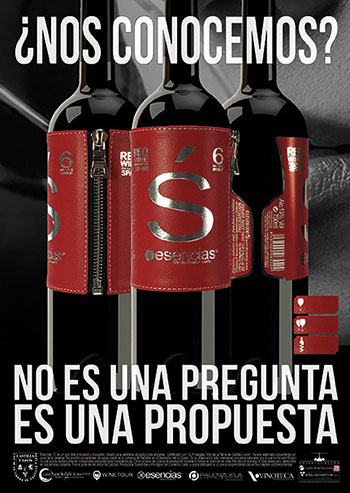
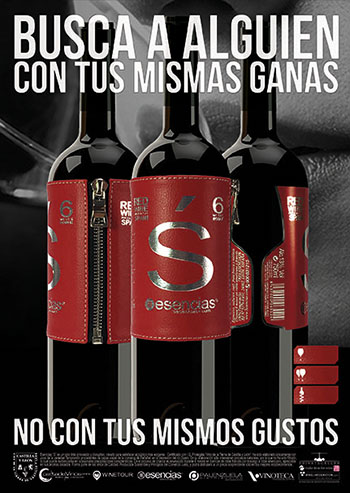
Data sheet.
Hermann Dönnhoff Brücke BA Gold Riesling 37 cl.
White wine. Hermann Dönnhoff. Brücke BA Gold. Q.b.A. Nahe. Germany. Riesling. Half Bottle. 37 cl..
| Variety | |
| Country of origin |  Germany. Germany. |
| Appellation of origin |  Q.b.A. Nahe. Q.b.A. Nahe. |
| Vintage / Harvest | Currently marketed by the producer. |
| Format | Half Bottle. |
| Capacity | 37 cl. |
| Alcohol content | 13% Vol. |
| Visual tasting note | Golden shades, Greyish trim, Greenish straw color, Pale edging. |
| Olfactory tasting note | Tropical memories, Jams, Ripe white fruits, Green fruits. |
| Tasting note | Persistent aftertaste, Slightly fruity, Medium-high persistence, Silky step. |
| Recommended pairing | meats, Mediterranean rice, Fruit salads. |
| Consumption temperature | 9ºC. |
| Special Format | Medium Bottle. |
| Typology | White wine. Q.b.A. Nahe. |
| Producer | Hermann Dönnhoff (Weingut Hermann Dönnhoff). |
| Name | Hermann Dönnhoff Brücke BA Gold. |
| Weight | 700 gr. |
| Product reference | WAN4580638 |
| Actual price | 375,95 € . This product is currently not available. |
| Please keep in mind | The information provided and referred to the product features and details has been provided by the expert, manufacturer or producer or published on the official sites. In no case can it be considered as assessment made by our team, unless expressly stated otherwise. We suggest you to refer to the comments and reviews posted by our customers and users to expand and contrast this information. |
| Misreading | Our team provides this information and details in ESPAÑOL language. If you browse in another language note that the information contained may have been translated from the original language through an automated real-time process that has not been supervised by our human team. In case of doubt, misunderstanding or misreading about the content of this information you should refer to the original version of this page or contact our customer service team. |
| Product image | The product image or its label is only relevant for graphic purposes, so it may not match the identification of the vintage or other features and details of the product for sale. This product is provided in the conditions and format in which it is marketed at the current time. This product is not identified or supplied in a specific vintage. The product image and label may not match the vintage identification or other characteristics and details of the product for sale. |
| Country of origin | Spain. This product is shipped from Spain. |
| (UE)401/2010 Certification | Qualitätswein bestimmter Anbaugebiete (Q.b.A.) Q.b.A. Nahe. |
| Production region | The production region of Q.b.A. Nahe is located in La región cercana a la ribera del río Nahe, Alemania, entre el norte del Palatinado, el Hesse Renano y el valle del río Mosela. |
| Storage position | Lateral position, horizontal bottle. |
| Storage temperature | Store at a constant temperature between 10-17ºC. Humidity should be constant around 60-80%. |
| Recommendations | Keep preferably away from light. |
| Accessories | This product is provided in the conditions and format in which it is marketed at the current time. In cases where the product includes an additional packaging, box and/or case, These accessories will be included in the shipment as long as they comply with the dimensions of the special packaging adapted and approved for the transport of beverages. In general, the images of the products that we publish on our website are only relevant for graphic purposes. The images do not show other accessories such as additional packaging (box, case, etc.) or promotional elements that may occasionally be included by the manufacturer along with the product. If you wish, we can inform you about the additional packaging, elements and accessories included with the product at the current time. |
| Legal Notice | It is against the law to sell or supply alcohol to, or to obtain alcohol on behalf of a person under the age of 18 years. If you are not more than 18 years old, you must leave this website. |
| Consumption | It is recommended to drink in moderation and demonstrate a responsible consumption of alcoholic beverages. |
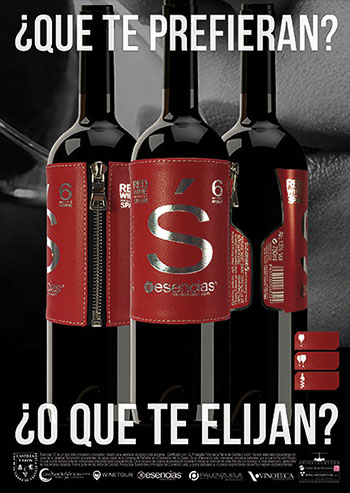
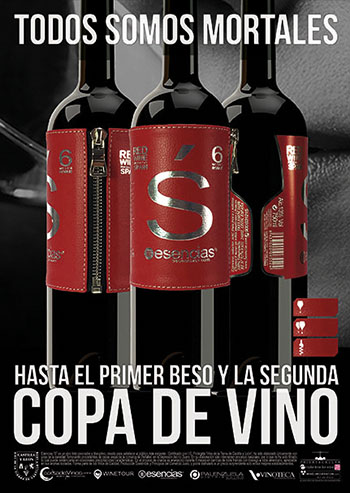
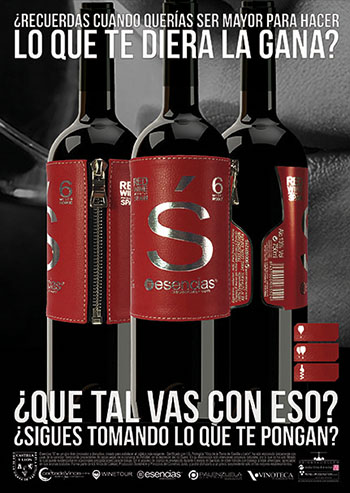
 Italy
Italy France
France Argentina
Argentina United States
United States Australia
Australia Portugal
Portugal Chile
Chile New Zealand
New Zealand South Africa
South Africa



 Austria
Austria



 Tokaj-Hegyalja
Tokaj-Hegyalja





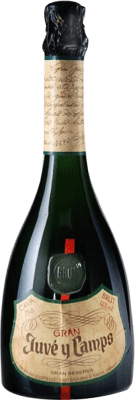
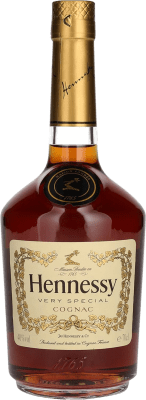


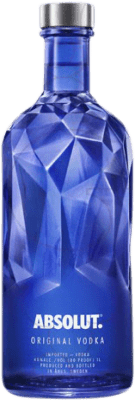






















 Language English
Language English





































